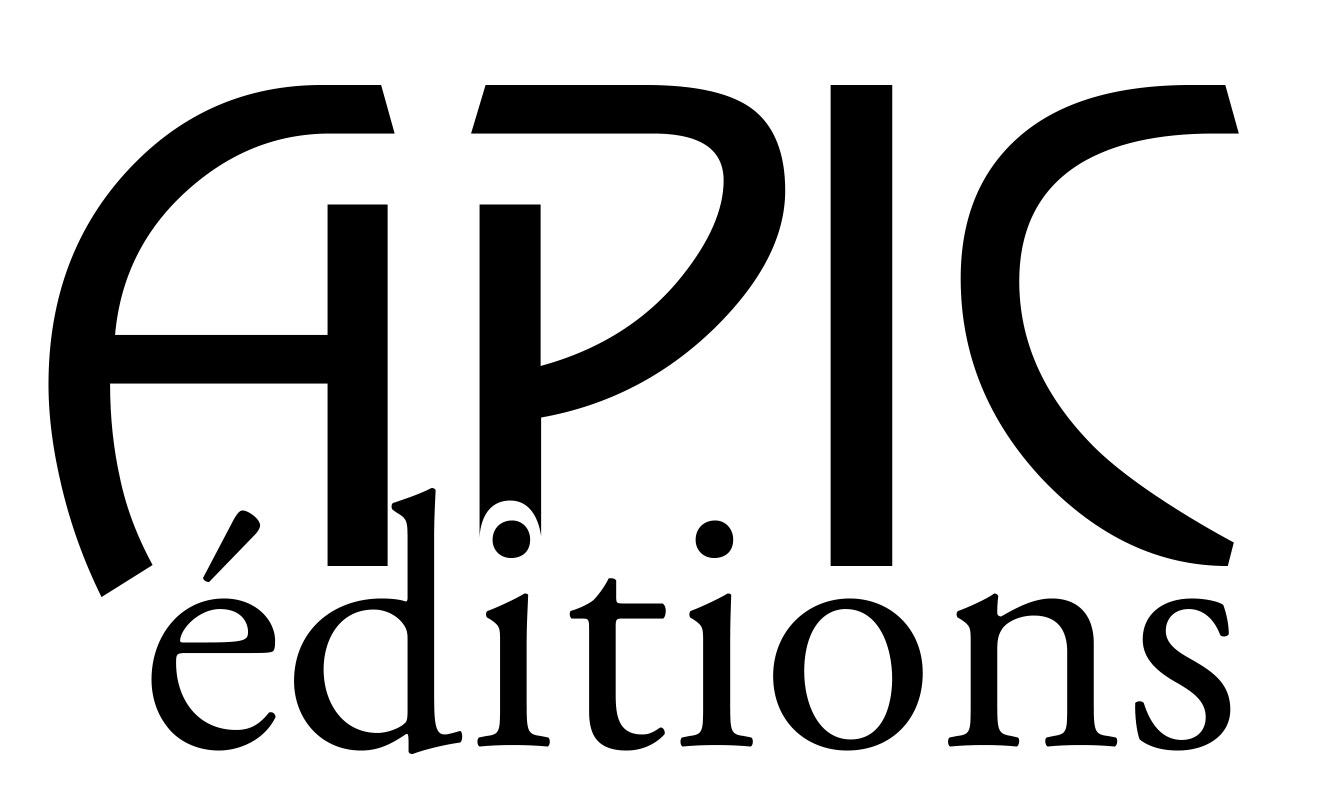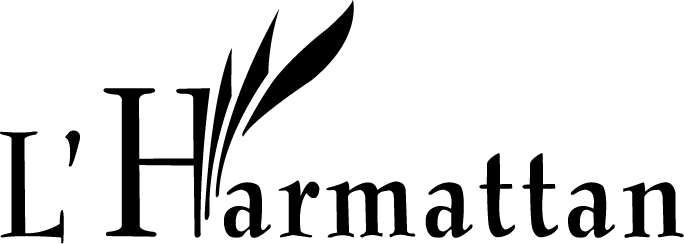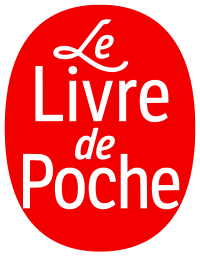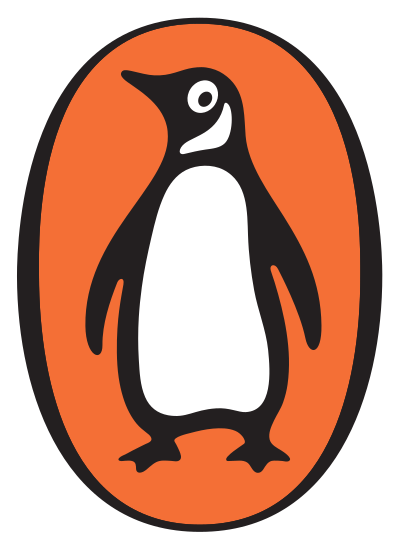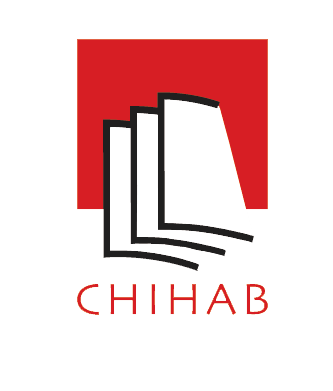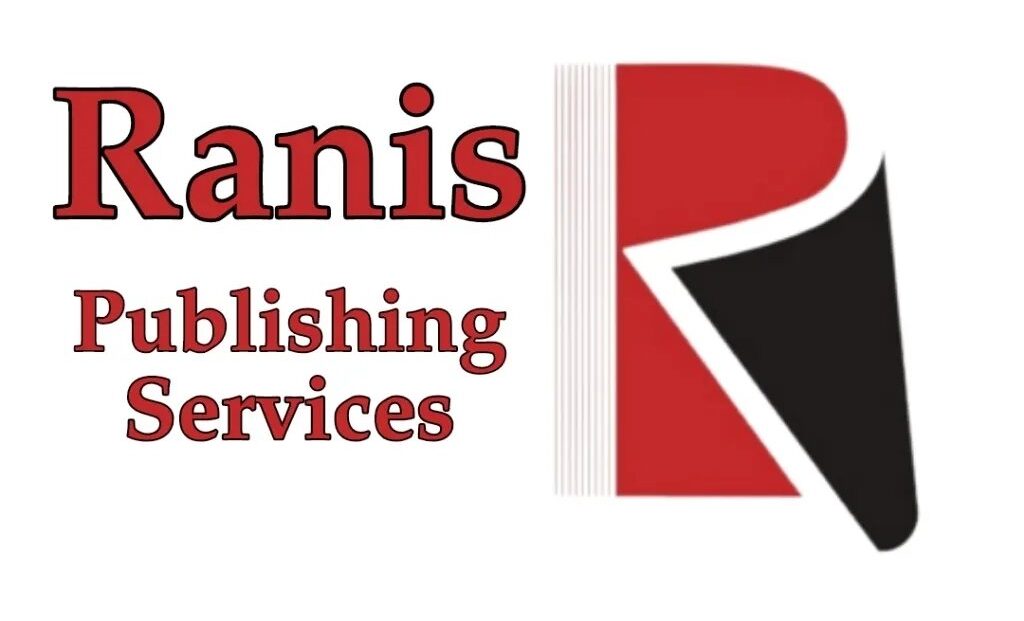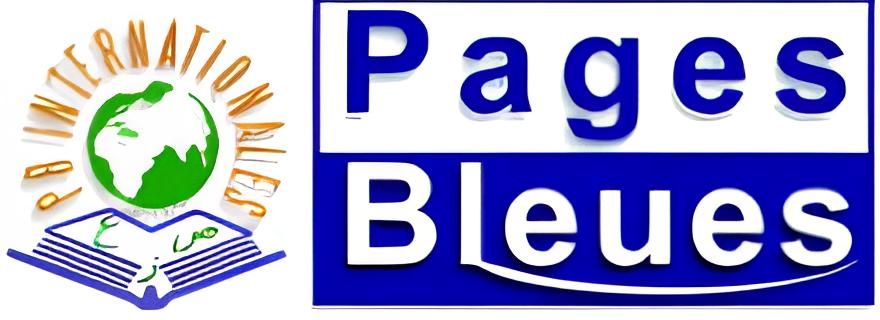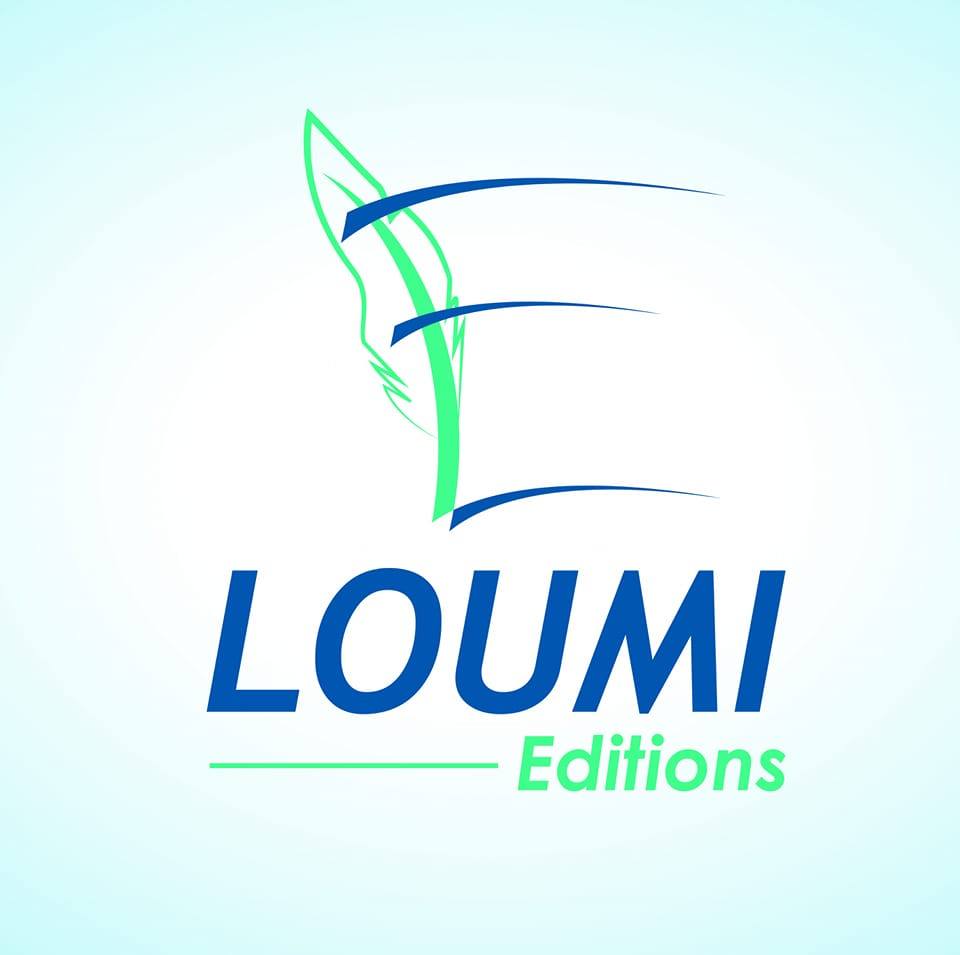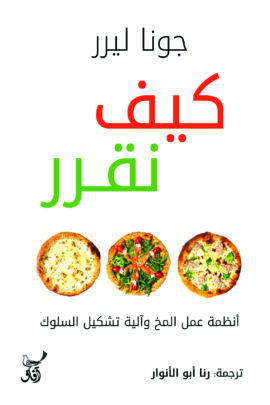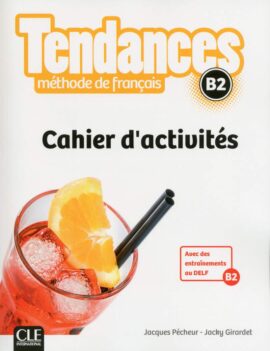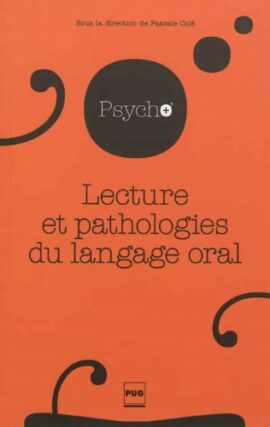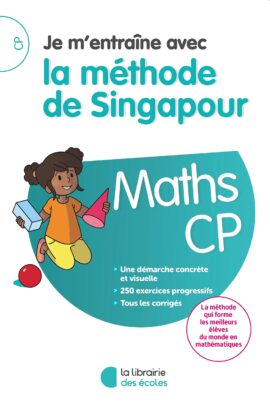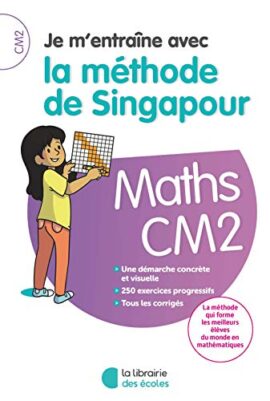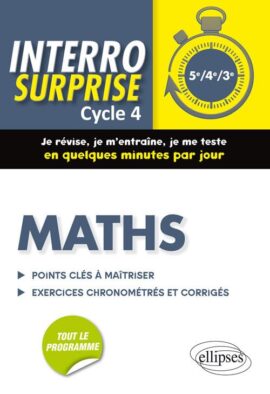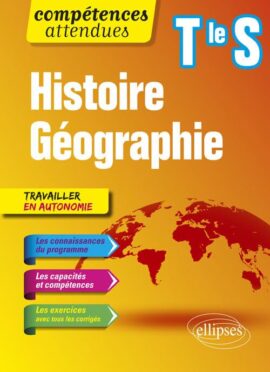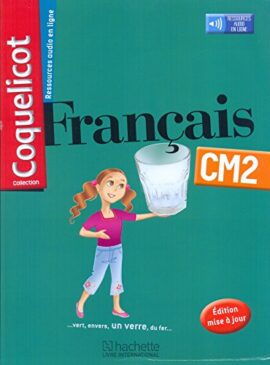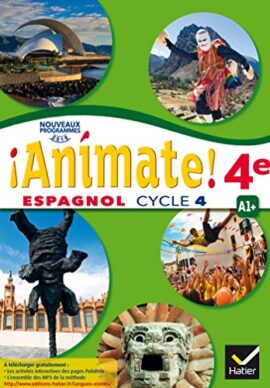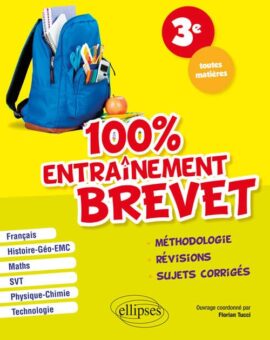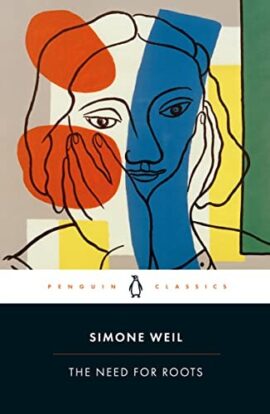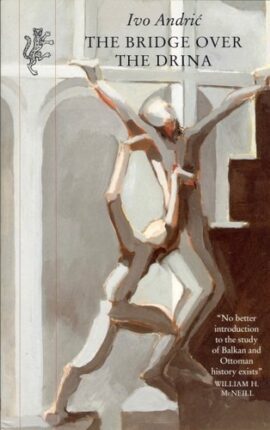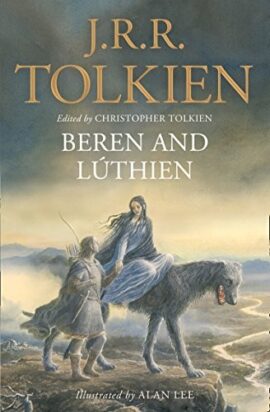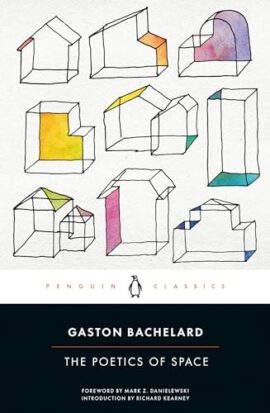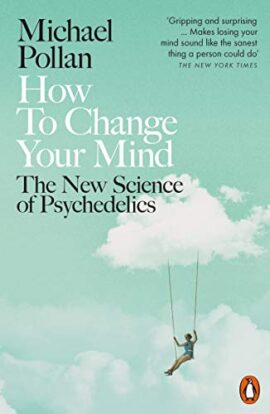Affichage de 1376–1400 sur 7284 résultatsTrié par prix décroissant
OUTILS POUR LES MATHS CE1 2019 – MANUEL ELEVE
La nouvelle édition 2019 de notre collection Outils pour les maths, conforme aux programmes
Un manuel organisé par domaine, pour construire votre progression Plus de 700 exercices progressifs pour répondre à l’hétérogénéité de votre classe Une attention particulière portée à la résolution de problèmes, à l’interdisciplinarité et aux activités numériques Un renforcement du travail en numération et en calcul Une démarche récurrente avec, pour chaque leçon : une situation de recherche "Cherchons", une institutionnalisation "Je retiens", de très nombreux exercices et problèmes progressifs "Je m'entraîne".
Un manuel organisé par domaine, pour construire votre progression Plus de 700 exercices progressifs pour répondre à l’hétérogénéité de votre classe Une attention particulière portée à la résolution de problèmes, à l’interdisciplinarité et aux activités numériques Un renforcement du travail en numération et en calcul Une démarche récurrente avec, pour chaque leçon : une situation de recherche "Cherchons", une institutionnalisation "Je retiens", de très nombreux exercices et problèmes progressifs "Je m'entraîne".
TENDANCES ; METHODE DE FRANCAIS ; B2 ; CAHIER D’ACTIVITES (EDITION 2017)
Cahier d'activités de Tendances, méthode de français langue étrangère (FLE) pour grands adolescents et adultes, niveau B2
Avec Tendances, le français est pratiqué activement, on partage des savoirs, on découvre des modes de vie... grâce à des outils efficaces au service d'un enseignement facile à mettre en oeuvre.
Un apprentissage ancré à la vie pour un apprenant soucieux d'apprendre tout ce qui est utile, rien que ce qui est utile.
Une méthodologie résolument pratique : on poursuit des buts, on accomplit des tâches, on réalise des projets.
Un enseignement simple et efficace grâce à une organisation en double-page "prête à l'emploi" et à un déroulement des leçons linéaire et transparent pour l'enseignant et pour l'apprenant.
Un parcours d'évaluation bien balisé et une préparation graduée au DELF.
Une équipe d'auteurs très expérimentés et des tests réels menés dans des classes du monde entier.
Tendances, c'est encore beaucoup plus:
une démarche actionnelle innovante de scénarios actionnels en lien avec la vraie vie.
une prise en compte des nouvelles pratiques sociales dans le choix des documents et supports de la classe.
un environnement culturel francophone, riche et motivant, reflet de toutes les "tendances".
une offre numérique construite à partir des usages des enseignants, des apprenants et des institutions.
Avec Tendances, le français est pratiqué activement, on partage des savoirs, on découvre des modes de vie... grâce à des outils efficaces au service d'un enseignement facile à mettre en oeuvre.
Un apprentissage ancré à la vie pour un apprenant soucieux d'apprendre tout ce qui est utile, rien que ce qui est utile.
Une méthodologie résolument pratique : on poursuit des buts, on accomplit des tâches, on réalise des projets.
Un enseignement simple et efficace grâce à une organisation en double-page "prête à l'emploi" et à un déroulement des leçons linéaire et transparent pour l'enseignant et pour l'apprenant.
Un parcours d'évaluation bien balisé et une préparation graduée au DELF.
Une équipe d'auteurs très expérimentés et des tests réels menés dans des classes du monde entier.
Tendances, c'est encore beaucoup plus:
une démarche actionnelle innovante de scénarios actionnels en lien avec la vraie vie.
une prise en compte des nouvelles pratiques sociales dans le choix des documents et supports de la classe.
un environnement culturel francophone, riche et motivant, reflet de toutes les "tendances".
une offre numérique construite à partir des usages des enseignants, des apprenants et des institutions.
Lecture et pathologies du langage oral
Savoir lire constitue une condition essentielle d'intégration professionnelle et sociale. Néanmoins, en France, comme le rapportent des évaluations nationales et internationales, entre 12% et 20% d'enfants ou d'adolescents présentent des difficultés relativement importantes de lecture. Cette population de lecteurs en difficulté est très hétérogènepuisqu'elle comprend les dyslexiques, les enfants appartenant à des milieux socio-économiques défavorisés mais également les enfants qui sont affectés par des déficits dans la sphère du langage oral (surdité ou troubles spécifiques du langage oral).Cet ouvrage fournit une synthèse très documentée et récente des questions et des principaux résultats de la recherche dans le domaine des difficultés d'apprentissage de la lecture.
Spécialité histoire-géographie, géopolitique et sciences politiques 1re
Cet ouvrage propose une méthode de travail précise et efficace en deux
étapes pour faire de sa copie la meilleure copie:
I. Je révise et je me perfectionne
un cours complet sur les 15 chapitres du programme
des focus pour nourrir et singulariser sa copie
des approfondissements et des prolongements pour aller au-delà des
fondamentaux du programme et accroître ses connaissances
II. Je mexerce et je fais la différence
une méthode solide et directement appliquée à des exemples et à des
exercices
des entraînements ciblés et exigeants pour préparer aux épreuves du
baccalauréat
étapes pour faire de sa copie la meilleure copie:
I. Je révise et je me perfectionne
un cours complet sur les 15 chapitres du programme
des focus pour nourrir et singulariser sa copie
des approfondissements et des prolongements pour aller au-delà des
fondamentaux du programme et accroître ses connaissances
II. Je mexerce et je fais la différence
une méthode solide et directement appliquée à des exemples et à des
exercices
des entraînements ciblés et exigeants pour préparer aux épreuves du
baccalauréat
Maths CP Je m’entraîne avec la méthode de Singapour – Grand
Maths CM2 Je m’entraîne avec la méthode de Singapour
La méthode qui forme les meilleurs élèves du monde en mathématiques disponible à la maison !
Je m’entraîne avec la méthode de Singapour – CM2
Ce cahier est traduit de la méthode de mathématiques conçue par le ministère de l’éducation de Singapour. Depuis qu’il l’utilise, Singapour arrive en tête de toutes les évaluations internationales. La méthode a depuis été adoptée par plus de 60 pays dans le monde, partout avec le même succès.
En CM2, les enfants travaillent deux domaines plus précisément
Le calcul pour : Additionner, soustraire et comparer les nombres inférieurs à 100 000 ; Arrondir les nombres à la dizaine, à la centaine et au millier ; Trouver les facteurs et les multiples ; Estimer le résultat d’une multiplication et d’une division ; Additionner, soustraire, multiplier et diviser les nombres décimaux ; Additionner et soustraire des fractions.
La géométrie pour : Utiliser un rapporteur et une équerre afin de mesurer des angles ; Reconnaître des droites perpendiculaires et parallèles ; Mesurer le périmètre et l’aire d’un carré et d’un rectangle ; Reconnaître un axe de symétrie ; Mesurer des volumes en centimètres cubes.
Les points forts : Une présentation claire des notions ; Une progression pour tous les enfants ; Une démarche structurée, progressive et rigoureuse ; Des aide-mémoires et des astuces ; 600 exercices progressifs et variés ; Tous les corrigés.
Je m’entraîne avec la méthode de Singapour – CM2
Ce cahier est traduit de la méthode de mathématiques conçue par le ministère de l’éducation de Singapour. Depuis qu’il l’utilise, Singapour arrive en tête de toutes les évaluations internationales. La méthode a depuis été adoptée par plus de 60 pays dans le monde, partout avec le même succès.
En CM2, les enfants travaillent deux domaines plus précisément
Le calcul pour : Additionner, soustraire et comparer les nombres inférieurs à 100 000 ; Arrondir les nombres à la dizaine, à la centaine et au millier ; Trouver les facteurs et les multiples ; Estimer le résultat d’une multiplication et d’une division ; Additionner, soustraire, multiplier et diviser les nombres décimaux ; Additionner et soustraire des fractions.
La géométrie pour : Utiliser un rapporteur et une équerre afin de mesurer des angles ; Reconnaître des droites perpendiculaires et parallèles ; Mesurer le périmètre et l’aire d’un carré et d’un rectangle ; Reconnaître un axe de symétrie ; Mesurer des volumes en centimètres cubes.
Les points forts : Une présentation claire des notions ; Une progression pour tous les enfants ; Une démarche structurée, progressive et rigoureuse ; Des aide-mémoires et des astuces ; 600 exercices progressifs et variés ; Tous les corrigés.
Mathématiques cycle 4 – Tout le cours en 128 questions/réponses et 400 exercices chronométrés et corrigés
Je Révise, Je M'entraîne, Je Me Teste En Quelques Minutes Par Jour Voici Le Concept De Ce Livre. Sous Forme De Bloc-notes, Pages Du Haut : 58 Questions/réponses Couvrent L'essentiel Du Cours De Maths De Troisième Accompagnées Sur La Page Du Bas D'exercices Chronométrés Et Notés Dont Certains Sont Issus Du Brevet. Corrections Détaillées En Fin D'ouvrage.
Lecture tout terr@in, méthode de lecture, CP, cycle 2 : avec Lila, Elio, Marine et Omar
La lecture à portée de tous les élèves
Un choix de textes du patrimoine ou d'auteurs de jeunessereconnus pour permettre à tous les élèves d'entrer dans la lecture.
Des textes courts écrits par Hélène Montardre, auteur de jeunesse, pour apprendre à tous les élèves à comprendre.
Un apprentissage du code qui suit une démarche syllabique pour amner tous les élèves à déchiffrer.
Une approche originale, progressive et structurée du français, comme le préconisent les programmes 2008.
Un choix de textes du patrimoine ou d'auteurs de jeunessereconnus pour permettre à tous les élèves d'entrer dans la lecture.
Des textes courts écrits par Hélène Montardre, auteur de jeunesse, pour apprendre à tous les élèves à comprendre.
Un apprentissage du code qui suit une démarche syllabique pour amner tous les élèves à déchiffrer.
Une approche originale, progressive et structurée du français, comme le préconisent les programmes 2008.
Histoire Géographie Terminale S
Travailler en autonomie avec :
- Un cours rédigé en suivant les règles demandées à lexamen
En +
' Toutes les problématiques
' Les définitions et dates utiles pour lexamen
' Les 5 croquis qui peuvent tomber au bac avec leur légende
' Des points de méthode clairs
' Les conseils du professeur
' Des éléments pour vous démarquer des autres
- Des exercices pour sentraîner à maîtriser toutes les compétences
utiles au Bac. Ces compétences sont rappelées devant chaque énoncé
pour permettre au lecteur de réviser compétence par compétence.
- Les corrigés détaillés de tous les exercices réalisés par un
professeur de lÉducation nationale expérimenté et correcteur au Bac.
- Un cours rédigé en suivant les règles demandées à lexamen
En +
' Toutes les problématiques
' Les définitions et dates utiles pour lexamen
' Les 5 croquis qui peuvent tomber au bac avec leur légende
' Des points de méthode clairs
' Les conseils du professeur
' Des éléments pour vous démarquer des autres
- Des exercices pour sentraîner à maîtriser toutes les compétences
utiles au Bac. Ces compétences sont rappelées devant chaque énoncé
pour permettre au lecteur de réviser compétence par compétence.
- Les corrigés détaillés de tous les exercices réalisés par un
professeur de lÉducation nationale expérimenté et correcteur au Bac.
Animate ! espagnol 4e, cycle 4, A1+ : LV2, classe de 4e : nouveaux programmes 2016
Un manuel d’espagnol 4e qui s’appuie sur la culture et la civilisation et qui propose un travail équilibré des activités langagières (une par leçon).
Les + : de nombreux documents authentiques, des propositions d’activités de différenciation en fin de chaque unité, l'intégration des parcours et EPI, des pages Accompagnement Personnalisé en lien avec les projets
Nouveau ! les liens hatier-clic du manuel : des ressources supplémentaires gratuites en ligne
Et sur le site www.editions-hatier.fr/langues-eleves/ :
• Des activités autocorrectives
• Les MP3 élève
Les + : de nombreux documents authentiques, des propositions d’activités de différenciation en fin de chaque unité, l'intégration des parcours et EPI, des pages Accompagnement Personnalisé en lien avec les projets
Nouveau ! les liens hatier-clic du manuel : des ressources supplémentaires gratuites en ligne
Et sur le site www.editions-hatier.fr/langues-eleves/ :
• Des activités autocorrectives
• Les MP3 élève
All Desire Is a Desire for Being
How we are motivated to imitate wanting what others desire—Girard’s theory primed for the social media age.
A Penguin Classic
René Girard eludes easy categories, bridging the fields of literary criticism, anthropology, sociology, history, religion and theology. Influencing such writers as J. M. Coetzee and Milan Kundera, his insight into contagious violence looks ever more prophetic and relevant seven years after his death. In many ways he is the thinker for our modern world of social media and herd behavior. In this newly selected collection of writings, Cynthia L. Haven has created an approachable anthology of his work, addressing Girard's thoughts on the nature of desire, human imitation and rivalry, the causes of conflict and violence, the deep structure of religion and cultural subjects like opera and theatre. Girard spoke in language that was engaging, accessible and often controversial. A long-time friend and colleague, Haven shines a spotlight on his role as a public intellectual and profound theorist, inviting a new generation to his corpus.
A Penguin Classic
René Girard eludes easy categories, bridging the fields of literary criticism, anthropology, sociology, history, religion and theology. Influencing such writers as J. M. Coetzee and Milan Kundera, his insight into contagious violence looks ever more prophetic and relevant seven years after his death. In many ways he is the thinker for our modern world of social media and herd behavior. In this newly selected collection of writings, Cynthia L. Haven has created an approachable anthology of his work, addressing Girard's thoughts on the nature of desire, human imitation and rivalry, the causes of conflict and violence, the deep structure of religion and cultural subjects like opera and theatre. Girard spoke in language that was engaging, accessible and often controversial. A long-time friend and colleague, Haven shines a spotlight on his role as a public intellectual and profound theorist, inviting a new generation to his corpus.
The Need for Roots: Prelude to a Declaration of Obligations Towards the Human Being
French philosopher Simone Weil's best known work that promotes mindful living and instructs readers how they can once again feel rooted, in a cultural and spiritual sense, to their environment
A Penguin Classic
One of the foremost French philosophers of the last century, Simone Weil has been described by André Gide as "the patron saint of all outsiders" and by Albert Camus as "the only great spirit of our time." In this, her most famous work, she diagnoses the malaise at the heart of modern life: uprootedness, from the past and from community. Written towards the end of World War II for the Free French Army, Weil's work is an indispensable and perpetually intriguing text for readers and students of philosophy everywhere. The book discusses the political, cultural and spiritual currents that ought to be nurtured so that people have access to sources of energy which will help them lead fulfilling, joyful and morally good lives.
A Penguin Classic
One of the foremost French philosophers of the last century, Simone Weil has been described by André Gide as "the patron saint of all outsiders" and by Albert Camus as "the only great spirit of our time." In this, her most famous work, she diagnoses the malaise at the heart of modern life: uprootedness, from the past and from community. Written towards the end of World War II for the Free French Army, Weil's work is an indispensable and perpetually intriguing text for readers and students of philosophy everywhere. The book discusses the political, cultural and spiritual currents that ought to be nurtured so that people have access to sources of energy which will help them lead fulfilling, joyful and morally good lives.
The Fall of Gondolin
In the Tale of The Fall of Gondolin are two of the greatest powers in the world. There is Morgoth of the uttermost evil, unseen in this story but ruling over a vast military power from his fortress of Angband. Deeply opposed to Morgoth is Ulmo, second in might only to Manwë, chief of the Valar.
Central to this enmity of the gods is the city of Gondolin, beautiful but undiscoverable. It was built and peopled by Noldorin Elves who, when they dwelt in Valinor, the land of the gods, rebelled against their rule and fled to Middle-earth. Turgon King of Gondolin is hated and feared above all his enemies by Morgoth, who seeks in vain to discover the marvellously hidden city, while the gods in Valinor in heated debate largely refuse to intervene in support of Ulmo's desires and designs.
Into this world comes Tuor, cousin of Túrin, the instrument of Ulmo's designs. Guided unseen by him Tuor sets out from the land of his birth on the fearful journey to Gondolin, and in one of the most arresting moments in the history of Middle-earth the sea-god himself appears to him, rising out of the ocean in the midst of a storm. In Gondolin he becomes great; he is wedded to Idril, Turgon's daughter, and their son is Eärendel, whose birth and profound importance in days to come is foreseen by Ulmo.
At last comes the terrible ending. Morgoth learns through an act of supreme treachery all that he needs to mount a devastating attack on the city, with Balrogs and dragons and numberless Orcs. After a minutely observed account of the fall of Gondolin, the tale ends with the escape of Tuor and Idril, with the child Eärendel, looking back from a cleft in the mountains as they flee southward, at the blazing wreckage of their city. They were journeying into a new story, the Tale of Eärendel, which Tolkien never wrote, but which is sketched out in this book from other sources.
Following his presentation of Beren and Lúthien Christopher Tolkien has used the same 'history in sequence' mode in the writing of this edition of The Fall of Gondolin. In the words of J.R.R. Tolkien, it was ‘the first real story of this imaginary world’ and, together with Beren and Lúthien and The Children of Húrin, he regarded it as one of the three 'Great Tales' of the Elder Days.
Central to this enmity of the gods is the city of Gondolin, beautiful but undiscoverable. It was built and peopled by Noldorin Elves who, when they dwelt in Valinor, the land of the gods, rebelled against their rule and fled to Middle-earth. Turgon King of Gondolin is hated and feared above all his enemies by Morgoth, who seeks in vain to discover the marvellously hidden city, while the gods in Valinor in heated debate largely refuse to intervene in support of Ulmo's desires and designs.
Into this world comes Tuor, cousin of Túrin, the instrument of Ulmo's designs. Guided unseen by him Tuor sets out from the land of his birth on the fearful journey to Gondolin, and in one of the most arresting moments in the history of Middle-earth the sea-god himself appears to him, rising out of the ocean in the midst of a storm. In Gondolin he becomes great; he is wedded to Idril, Turgon's daughter, and their son is Eärendel, whose birth and profound importance in days to come is foreseen by Ulmo.
At last comes the terrible ending. Morgoth learns through an act of supreme treachery all that he needs to mount a devastating attack on the city, with Balrogs and dragons and numberless Orcs. After a minutely observed account of the fall of Gondolin, the tale ends with the escape of Tuor and Idril, with the child Eärendel, looking back from a cleft in the mountains as they flee southward, at the blazing wreckage of their city. They were journeying into a new story, the Tale of Eärendel, which Tolkien never wrote, but which is sketched out in this book from other sources.
Following his presentation of Beren and Lúthien Christopher Tolkien has used the same 'history in sequence' mode in the writing of this edition of The Fall of Gondolin. In the words of J.R.R. Tolkien, it was ‘the first real story of this imaginary world’ and, together with Beren and Lúthien and The Children of Húrin, he regarded it as one of the three 'Great Tales' of the Elder Days.
The Poetics of Space
A beloved multidisciplinary treatise comes to Penguin Classics
Since its initial publication in 1958, The Poetics of Space has been a muse to philosophers, architects, writers, psychologists, critics, and readers alike. The rare work of irresistibly inviting philosophy, Bachelard’s seminal work brims with quiet revelations and stirring, mysterious imagery. This lyrical journey takes as its premise the emergence of the poetic image and finds an ideal metaphor in the intimate spaces of our homes. Guiding us through a stream of meditations on poetry, art, and the blooming of consciousness itself, Bachelard examines the domestic places that shape and hold our dreams and memories. Houses and rooms; cellars and attics; drawers, chests, and wardrobes; nests and shells; nooks and corners: No space is too vast or too small to be filled by our thoughts and our reveries. In Bachelard’s enchanting spaces, “We are never real historians, but always near poets, and our emotion is perhaps nothing but an expression of a poetry that was lost.”
This new edition features a foreword by Mark Z. Danielewski, whose bestselling novel House of Leaves drew inspiration from Bachelard’s writings, and an introduction by internationally renowned philosopher Richard Kearney who explains the book’s enduring importance and its role within Bachelard’s remarkable career.
For more than sixty-five years, Penguin has been the leading publisher of classic literature in the English-speaking world. With more than 1,500 titles, Penguin Classics represents a global bookshelf of the best works throughout history and across genres and disciplines. Readers trust the series to provide authoritative texts enhanced by introductions and notes by distinguished scholars and contemporary authors, as well as up-to-date translations by award-winning translators.
Since its initial publication in 1958, The Poetics of Space has been a muse to philosophers, architects, writers, psychologists, critics, and readers alike. The rare work of irresistibly inviting philosophy, Bachelard’s seminal work brims with quiet revelations and stirring, mysterious imagery. This lyrical journey takes as its premise the emergence of the poetic image and finds an ideal metaphor in the intimate spaces of our homes. Guiding us through a stream of meditations on poetry, art, and the blooming of consciousness itself, Bachelard examines the domestic places that shape and hold our dreams and memories. Houses and rooms; cellars and attics; drawers, chests, and wardrobes; nests and shells; nooks and corners: No space is too vast or too small to be filled by our thoughts and our reveries. In Bachelard’s enchanting spaces, “We are never real historians, but always near poets, and our emotion is perhaps nothing but an expression of a poetry that was lost.”
This new edition features a foreword by Mark Z. Danielewski, whose bestselling novel House of Leaves drew inspiration from Bachelard’s writings, and an introduction by internationally renowned philosopher Richard Kearney who explains the book’s enduring importance and its role within Bachelard’s remarkable career.
For more than sixty-five years, Penguin has been the leading publisher of classic literature in the English-speaking world. With more than 1,500 titles, Penguin Classics represents a global bookshelf of the best works throughout history and across genres and disciplines. Readers trust the series to provide authoritative texts enhanced by introductions and notes by distinguished scholars and contemporary authors, as well as up-to-date translations by award-winning translators.
How to Live: A Life of Montaigne in One Question and Twenty Attempts at an Answer
Brilliant, original, funny and moving — a vivid portrait of Montaigne, showing how his ideas gave birth to our modern sense of our inner selves, from Shakespeare's plays to the dilemmas we face today.
How to get on well with people, how to deal with violence, how to adjust to losing someone you love — such questions arise in most people's lives. They are all versions of a bigger question: how do you live? How do you do the good or honourable thing, while flourishing and feeling happy?
This question obsessed Renaissance writers, none more than Michel Eyquem de Montaigne (1533-92), perhaps the first truly modern individual. A nobleman, public official and wine-grower, he wrote free-roaming explorations of his thought and experience, unlike anything written before. He called them 'essays', meaning 'attempts' or 'tries'. Into them he put whatever was in his head: his tastes in wine and food, his childhood memories, the way his dog's ears twitched when it was dreaming, as well as the appalling events of the religious civil wars raging around him. The Essays was an instant bestseller, and over four hundred years later, Montaigne's honesty and charm still draw people to him. Readers come to him in search of companionship, wisdom and entertainment — and in search of themselves.
This book, a spirited and singular biography (and the first full life of Montaigne in English for nearly fifty years), relates the story of his life by way of the questions he posed and the answers he explored. It traces his bizarre upbringing (made to speak only Latin), youthful career and sexual adventures, his travels, and his friendships with the scholar and poet Etienne de La Boétie and with his adopted 'daughter', Marie de Gournay. And as we read, we also meet his readers — who for centuries have found in Montaigne an inexhaustible source of answers to the haunting question, 'how to live?'
From the Hardcover edition.
How to get on well with people, how to deal with violence, how to adjust to losing someone you love — such questions arise in most people's lives. They are all versions of a bigger question: how do you live? How do you do the good or honourable thing, while flourishing and feeling happy?
This question obsessed Renaissance writers, none more than Michel Eyquem de Montaigne (1533-92), perhaps the first truly modern individual. A nobleman, public official and wine-grower, he wrote free-roaming explorations of his thought and experience, unlike anything written before. He called them 'essays', meaning 'attempts' or 'tries'. Into them he put whatever was in his head: his tastes in wine and food, his childhood memories, the way his dog's ears twitched when it was dreaming, as well as the appalling events of the religious civil wars raging around him. The Essays was an instant bestseller, and over four hundred years later, Montaigne's honesty and charm still draw people to him. Readers come to him in search of companionship, wisdom and entertainment — and in search of themselves.
This book, a spirited and singular biography (and the first full life of Montaigne in English for nearly fifty years), relates the story of his life by way of the questions he posed and the answers he explored. It traces his bizarre upbringing (made to speak only Latin), youthful career and sexual adventures, his travels, and his friendships with the scholar and poet Etienne de La Boétie and with his adopted 'daughter', Marie de Gournay. And as we read, we also meet his readers — who for centuries have found in Montaigne an inexhaustible source of answers to the haunting question, 'how to live?'
From the Hardcover edition.
How to Change Your Mind: The New Science of Psychedelics
The No.1 New York Times Bestseller'Gripping and surprising ... Pollan makes losing your mind sound like the sanest thing a person could do' The New York Times Book ReviewCould psychedelic drugs change our worldview? Join Michael Pollan on a journey to the frontiers of the human mind.Diving deep into an extraordinary world - from shamans and magic mushroom hunts to the pioneering labs mapping our brains - and putting himself forward as a guinea-pig, Michael Pollan has written a remarkable history of psychedelics and a compelling portrait of the new generation of scientists fascinated by the implications of these drugs. How to Change Your Mind is a report from what could very well be the future of consciousness.'A sweeping and often thrilling chronicle of the history of psychedelics, all interwoven with Pollan's adventures as a psychedelic novice. This is a serious work of history and science, but also one in which the author, under the influence of toad venom, becomes convinced he's giving birth to himself' Oliver Burkeman, Guardian'A mind-altering book ... full of transformations' Richard Godwin, Evening Standard'An irresistible blend of history, research and personal experience. In terms of the psychedelic wave, the book is the big kahuna, the Big Bang moment for a movement that is gathering force' John McKenna, Irish Times'Entertaining and engrossing' Paul Laity, Financial Times'Deeply absorbing, wise and beautifully written' Mick Brown, Literary Review'An astounding book' Andrew Sullivan, New York Magazine

